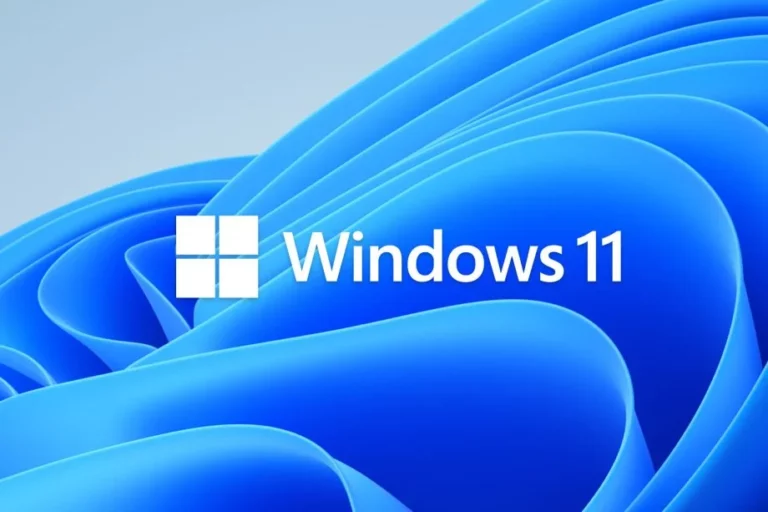The end of regular support for Windows 10 is fast approaching, with only six months to go. Although Microsoft offers consumers an extra year of security updates for €30, the operating system is rapidly losing market share. Recent figures from Statcounter show that Windows 11 experienced remarkable growth in March 2025, while Windows 10 significantly declined.
According to the most recent data from Statcounter, Windows 10 lost a significant portion of its users in March 2025. The operating system currently has a market share of 54.23% among all Windows computers worldwide, a drop of 4.43 percentage points in just one month. Windows 11 is now on the rise with an increase of 4.53 percentage points, bringing it to 42.66%, a record high for the newer operating system.
Faster adoption of Windows 11 due to approaching end date
The accelerated growth of Windows 11 seems to be directly related to the approaching end date of Windows 10. Over the past year, Microsoft has actively tried to get as many users as possible to switch to the newer operating system. On October 14, 2025, regular support for Windows 10 will end, after which only users willing to pay for the Extended Security Updates program will receive security updates.
If we look at the year-on-year change, Windows 11 has experienced an impressive growth of 15.98 percentage points (in March 2024, it stood at 26.68%), while Windows 10 has fallen by 14.84 percentage points (from 69.07% in March 2024). These figures show that the wave of migration is now gathering pace.
Challenges in the transition to Windows 11
Although Windows 11 is quickly gaining ground, Microsoft still faces the challenge of getting the remaining Windows 10 users to switch. Some users cannot officially upgrade because their hardware does not meet the strict system requirements of Windows 11, including the requirement for TPM 2.0. Other users remain skeptical about the design choices and changes that Microsoft has implemented in Windows 11.
Microsoft is trying to make the switch more attractive by offering the Extended Security Update program to regular consumers for the first time, where it was previously only available to business users. This program gives Windows 10 users the option to receive security updates for another year for €30. Consumers are less likely to pay and will probably choose for the free update. It has already become clear that it will be costly for companies to stay with Windows 10 for longer. The prices for business users will double every year.
Other Windows versions remain stable
While Windows 10 and 11 show major shifts, the other Windows versions remain relatively stable in market share. Windows 7 still has a share of 2.22% (-0.08 percentage points), Windows XP stands at a modest 0.33% (+0.04 percentage points) and Windows 8.1 has 0.28% (-0.02 percentage points).
It is striking that despite the end of official support for Windows 7 and 8.1, a small but persistent group of users still cling to these outdated operating systems. So even after October 2025, a significant group of Windows 10 users will still exist, even without official support.
